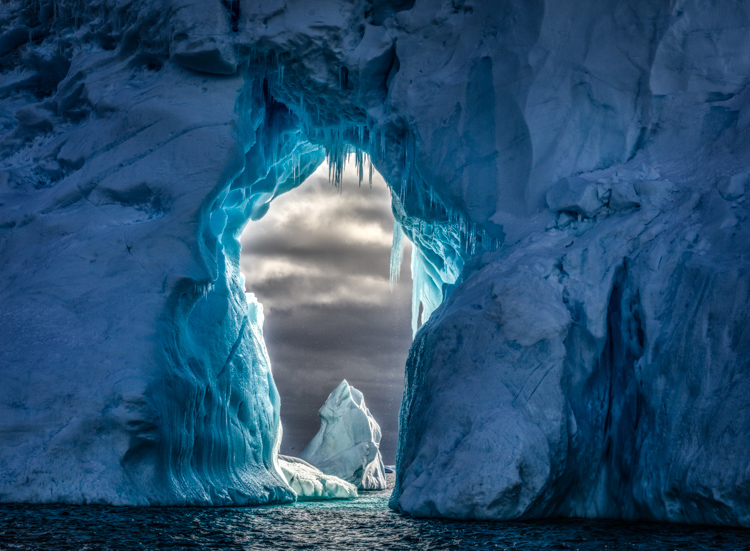Use The 8 Classic Shots Of Photo Essays To Tell Better Stories

Every picture tells a story. Combine pictures to form an essay, and your storytelling options multiply. This is one way to tell a more complete story, add depth, complexity, counterpoint, nuance, show change over time, and so much more. A photo essay transcends a single lucky shot. It demonstrates commitment, focus, versatility, and skills of another order.
Essays have definite structures, with a clear beginning, middle, and end – often with standard components that flesh out and advance a story in critical ways. Journalists excel at this type of storytelling. Sometimes they even use cinematic conventions, components, and strategies. Moviemakers storyboard their creations before filming commences. Cinematographers and film editors ultimately develop their own styles with how they handle these devices, and they can also become a part of your style.
Identifying the necessary components of an essay is the first step. Once you know the types of images you need to tell your story, you’ll know what to shoot while you’re on location and maybe even when you need to be there. If you don’t identify these elements beforehand and make sure you come back with each of them, you may find you lack critical pieces. There will be holes in your story. And you may have to return to finish it – if you can.
Even if your work isn’t narrative, learning these skills will help you create more images, be more versatile, make stronger comparisons and contrasts, and create more effective continuity and transitions between images.
These are the classic elements used to structure a photo essay presented in order of appearance.
1 Introduction
2 Set the Stage
3 Identify the Main Character
4 Significant Detail
5 Human Interest
6 Decisive Moment
7 Outcome
8 Conclusion
You could say all other images included in an essay are just variations of these few types of images. I’d be surprised if exceptions couldn’t be found, but they would be exceptions. These are worth committing to memory and ultimately making second nature. If you do, you’ll become a more capable and versatile photographer.
What is the function of each image type?

